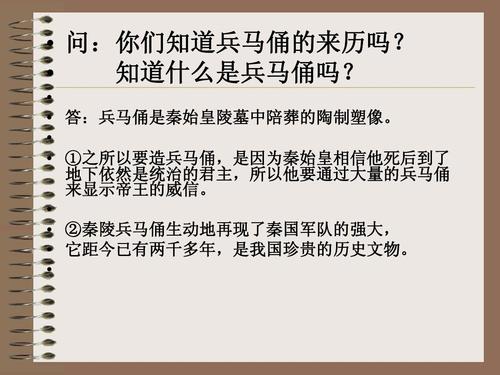
Why Was the Terracotta Army Forgotten?
The Terracotta Army, a vast collection of life-sized terracotta sculptures depicting the armies of Qin Shi Huang, the first emperor of China, lay buried and forgotten for centuries. The sheer scale and magnificence of this archaeological marvel beg the question: How could such a monumental site simply vanish from human memory?
The Fall of the Qin Dynasty and the Rise of Chaos
Upon Emperor Qin Shi Huang's death in 210 BCE, China entered a turbulent period. His ambitious yet ruthless reign, marked by the unification of China but also by brutal policies, sowed the seeds of discontent.
-
Rebellions Erupt: Following the emperor's death, simmering resentment against the Qin's harsh rule boiled over into open rebellion. Peasant uprisings, fueled by famine and oppressive taxation, quickly spread throughout the empire.
-
Internal Power Struggles: Simultaneously, a bitter power struggle erupted within the Qin court. Eunuchs and advisors vied for control, further weakening the dynasty from within.
-
The Rise of the Han: Amidst this chaos, a new power emerged: the Han. Led by Liu Bang, a former peasant turned rebel leader, the Han forces eventually defeated the remnants of the Qin army and established the Han Dynasty in 206 BCE.
The Fate of Qin Records and Treasures
The tumultuous transition from the Qin to the Han dynasty likely played a significant role in the Terracotta Army's obscurity.
-
Destruction of Records: In the chaos and violence of rebellion, countless Qin-era documents, records, and scrolls were likely lost or destroyed. These records might have contained information about the location, purpose, and significance of the Terracotta Army.
-
Deliberate Suppression: The Han, eager to legitimize their own rule and distance themselves from the unpopular Qin dynasty, may have actively suppressed knowledge of Qin achievements, including the Terracotta Army.
-
Shifting Priorities: The Han Dynasty, while initially focused on consolidating power, eventually ushered in an era of relative peace and prosperity. Their focus shifted away from grandiose burial projects like the Terracotta Army towards more practical concerns like infrastructure development and agricultural expansion.
Rediscovery and Legacy
It wasn't until 1974, when farmers digging a well stumbled upon fragments of terracotta figures, that the world rediscovered the Terracotta Army. The site's rediscovery sent shockwaves through the archaeological community and beyond, providing an unprecedented glimpse into the military might and artistic brilliance of ancient China.
Q&A
Q: What role did the fall of the Qin Dynasty play in the Terracotta Army's obscurity?
A: The fall of the Qin Dynasty was a chaotic period marked by rebellions, power struggles, and widespread destruction. It's highly probable that records detailing the Terracotta Army's location and purpose were lost or deliberately destroyed during this time.
Q: Why might the Han Dynasty have chosen to suppress knowledge of the Terracotta Army?
A: The Han Dynasty overthrew the Qin and aimed to establish their own legitimacy. They may have viewed Qin achievements like the Terracotta Army as a threat to their authority and actively suppressed knowledge of them.
Q: How did the rediscovery of the Terracotta Army impact our understanding of ancient China?
A: The Terracotta Army's rediscovery provided invaluable insights into ancient Chinese military organization, weaponry, craftsmanship, and burial practices. It stands as a testament to the ingenuity and artistry of the Qin Dynasty and continues to captivate the world's imagination.